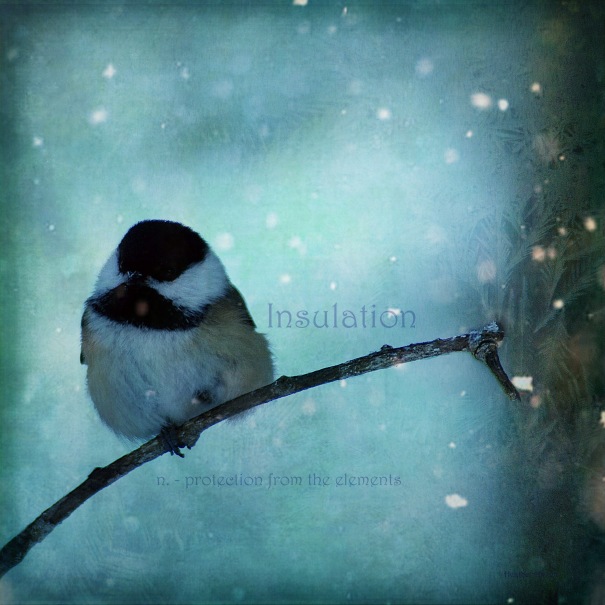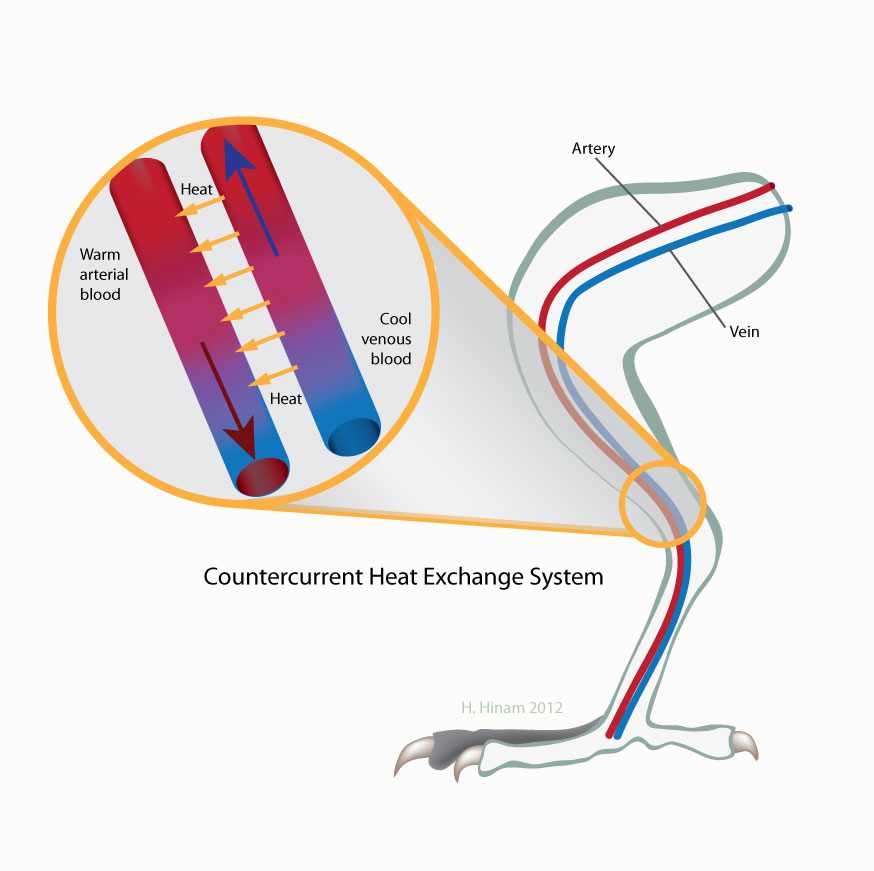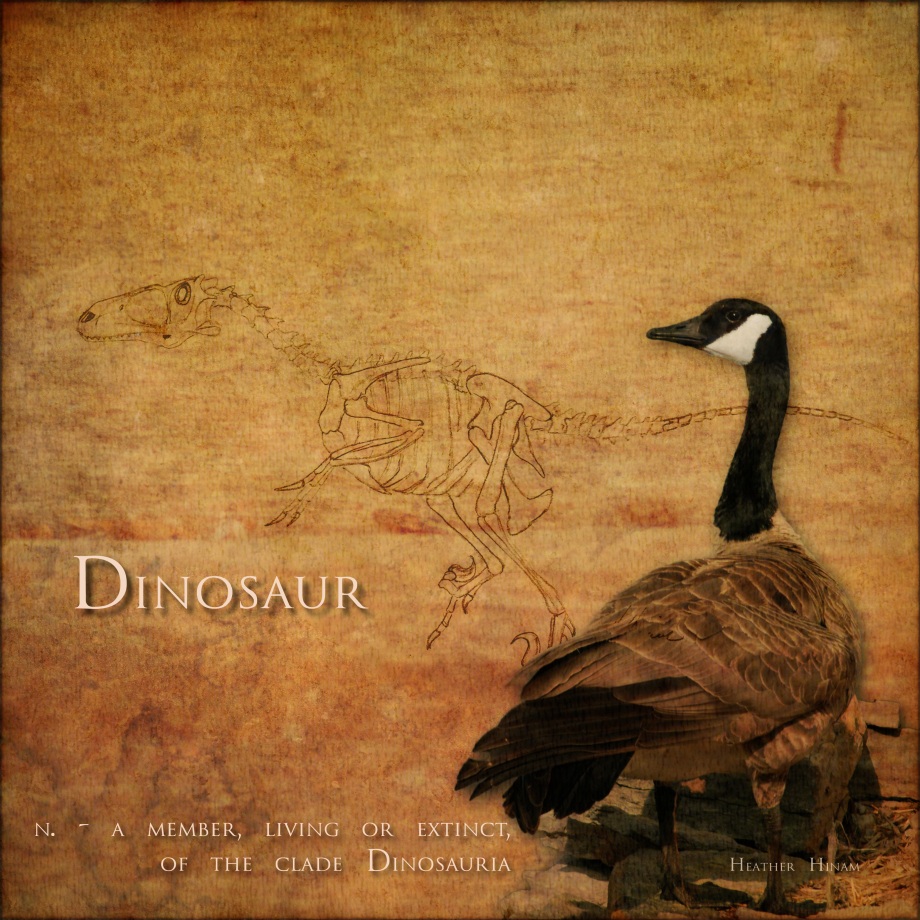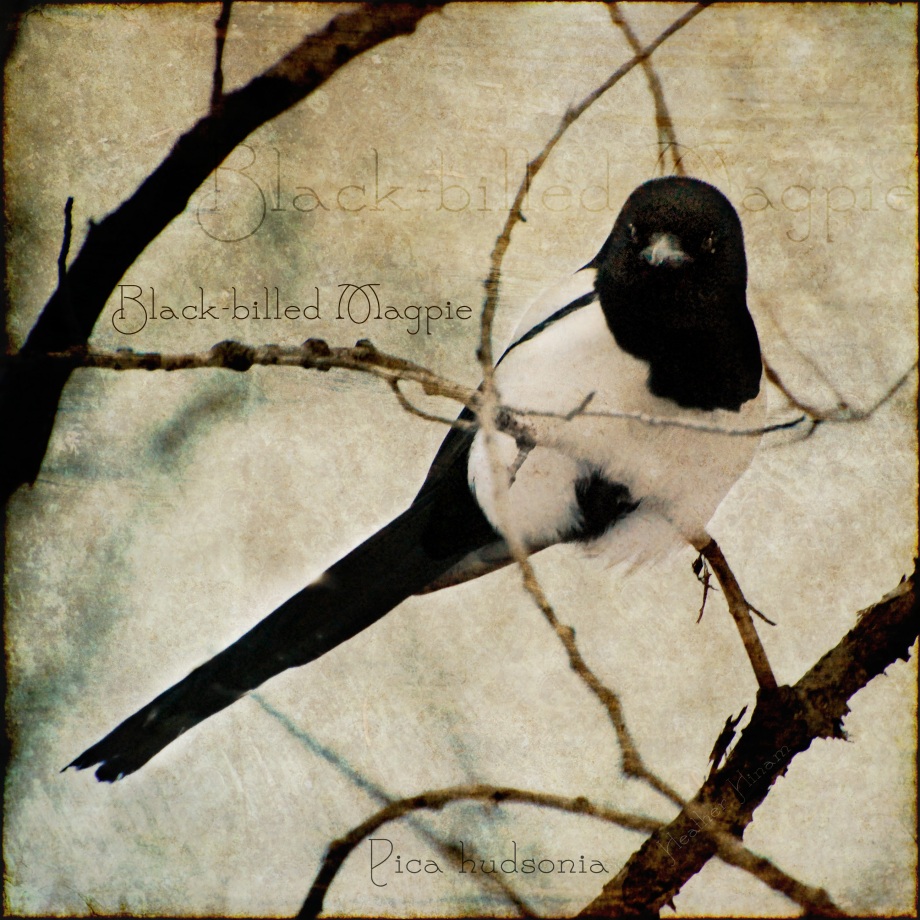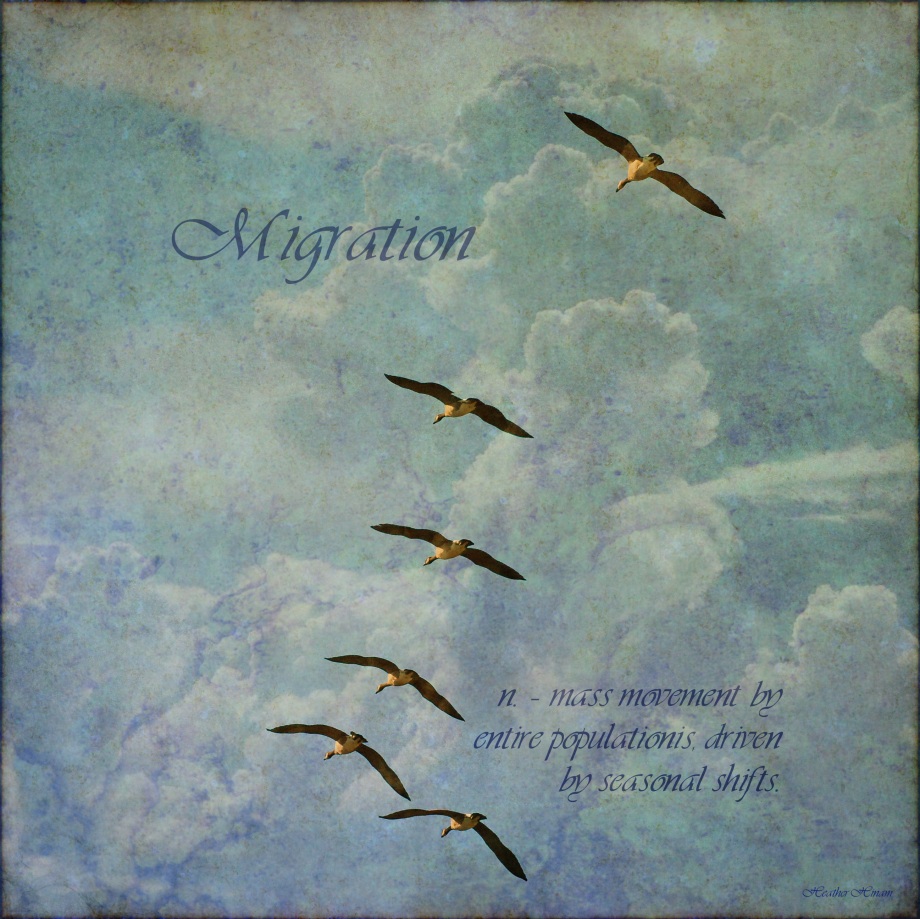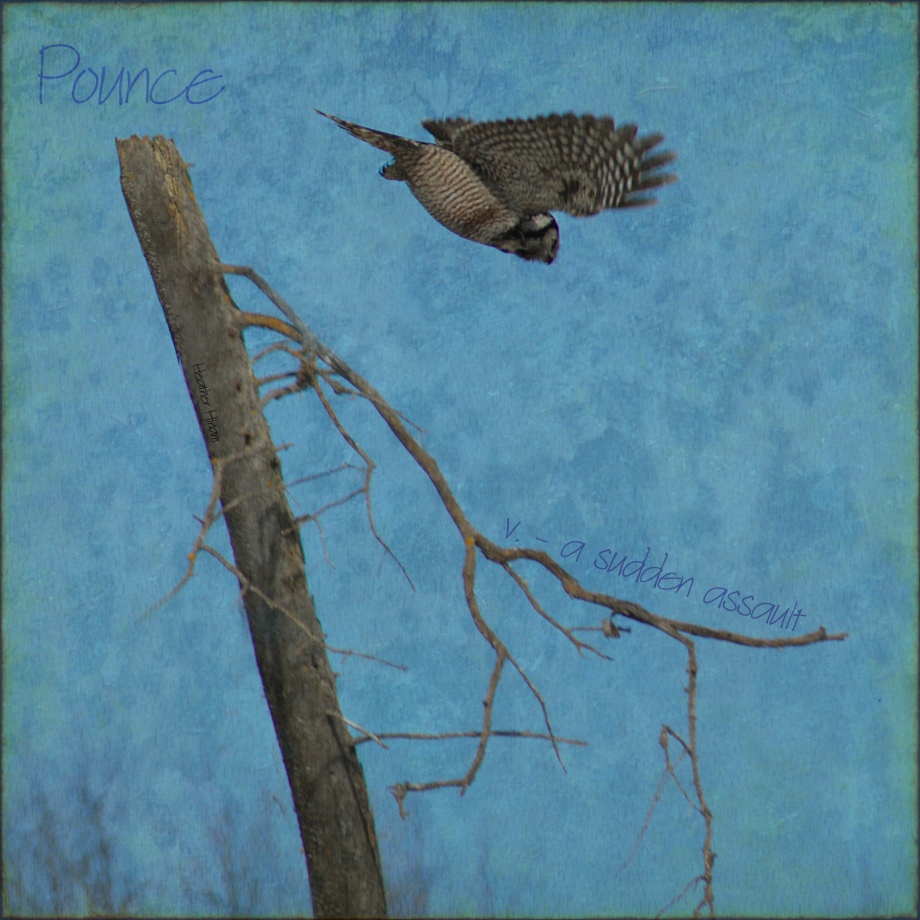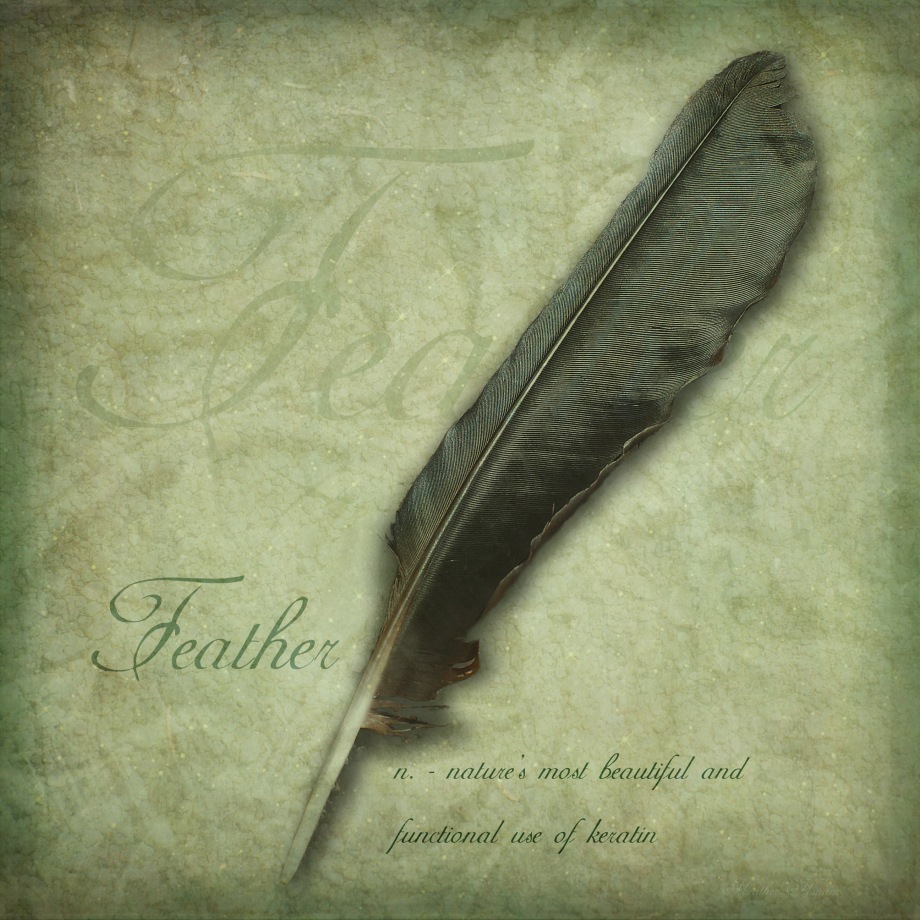 Even if you can somehow go through your entire life without ever seeing a bird, chances are very good that you will still have some experience with feathers. Whether displayed in a hatband, stuffed into a pillow or quilt or tied together at the end of a duster, feathers are a fairly ubiquitous part of the world around us and certainly the defining characteristic of the group of flying vertebrates we know today as birds.
Even if you can somehow go through your entire life without ever seeing a bird, chances are very good that you will still have some experience with feathers. Whether displayed in a hatband, stuffed into a pillow or quilt or tied together at the end of a duster, feathers are a fairly ubiquitous part of the world around us and certainly the defining characteristic of the group of flying vertebrates we know today as birds.
But, have you ever given much thought to where they came from?
As it turns out, feathers have been around a lot longer than most people realize. As paleontologists find more fossils every year to slot into the puzzle that is the evolution of life on this planet, the picture becomes clearer and stories start to make sense.
When it comes to the story of the evolution of feathers, the first thing you have to remember is that birds are modern dinosaurs, having evolved from the lineage known as Theropods, whose ranks include those Jurassic Park villains Velociraptor and Tyrannosaurus rex. However, what didn’t make it into the movies was the fact that, at the very least, Velociraptor was not only ferocious, but fluffy. At first, this detail was inferred from the discovery that many of its ancestors were feathered and some, like the bizarre, bi-plane like creature Microraptor gui, could fly. Then, a discovery of quill nobs, a trait seen in modern birds, on the forearm bones of one specimen confirmed it. Now an accurate representation of Velociraptor is something like a sleek, predatory ostrich.
Even more recent discoveries have put the assumption of a scaly hide in Tyrannosaurus rex into doubt. While they haven’t found specimens of this iconic dinosaur with feathers yet, a cousin from about 125 million years old China, named Yutyrannus most definitely was feathered. About the size of a bus, these are the largest feathered dinosaurs known to date.
So how far back do feathers go? In time, we can trace their existence at least 160 million years to chicken-like dinosaurs called Anchiornis, but these critters already had the highly complex barbed feathers we see in modern birds today. Most evolutionary biologists agree that feathers likely started out as single, hollow, hair-like filaments that became branched and barbed as needed over time. These have been found in many species, most notably, Sciurumimus, a dinosaur found very near the base of the Theropod branch. Described for the first time just last year, this species shows a spectacularly preserved coat of dense, filamentous plumes. Finding feathers like these near the base of the branch suggests that maybe more advanced Theropods, including T-rex had some kind of plumage. Still, we don’t know just how far back down the tree they go.
The point of origin keeps getting pushed closer and closer to the root of at least the dinosaur’s evolutionary tree thanks to feather filaments being found in some Ornisthischian dinosaurs, like the Triceratops cousin, Psittacosaurus, who are about as far removed from Theropods and modern birds as a dinosaur can be. Actually, they’re starting to find feathers all over the dinosaur family tree, leaving us to wonder if they predate the group altogether. In fact, the genes responsible for taking an undifferentiated plate of keratin and turning it into a feather has been found in crocodilians, who although they are birds’ closest living relatives, branched off from the group well over 250 million years ago.
So what did these prehistoric feathers look like? Structurally, early feathers started out as simple, hollow strands, growing out from a plate of keratin embedded in the skin. More advanced feathers split into barbs, looking like fluffy ostrich plumes. Eventually, those barbs developed tiny barbules that allowed their wearers to ‘zip them up’, turning them into strong, but flexible sheets that eventually were co-opted into airfoils. This same evolutionary progression can be seen today in the growth of every bird embryo.
Most fascinating, however is the fact that paleontologists now know what colour some of these plumes were. Recent work with Anchiornis turned up microscopic pockets of pigment called melanozomes. By comparing these ancient structures to those known today, they managed to work out that not only was Anchiornis about the size of a chicken, it actually kind of looked like one, a bright tableau of shiny black and white spangles with a flash of red on a crest. Who knows, maybe in time, we’ll see our very own field guide to dinosaur plumage. Either way, you can’t help but marvel at these remarkable, ancient, ingenious and unarguably beautiful innovations of evolution.
